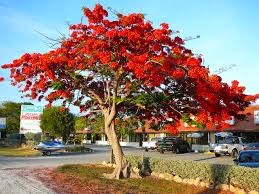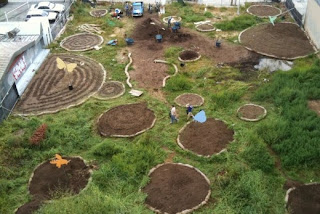Need for a parks department on the island.
With the grant that we are hoping to secure we are going to improve the existing park (Public Plaza) with some landscaping as well as adding a few trees to the property. While a small amount of the grant money will go towards the Public Plaza (some 10-15%), the vast majority of funds will go towards the new pollinator park. With that said, the parks have to be protected and cared for. While the newly formed La Gonave Wildflower Association will plant and maintain many of the plants and trees, it leaves a very critical element. That is having someone that will make sure that goats and other farm animals, as well as theft and vandalism doesn't occur. Also emptying out trash bins and keeping the parks clean would be required. Having a parks department would not only keep both parks clean and maintained, but any new parks that are added, will have the staff needed to properly take care of them. These parks are public assets and will help the local economy ...

